Seville is a city with no shortage of luxurious Andalusian palaces to wander through. This week we visited Casa de Pilatos (“Pilate’s House”) and filled our cameras.
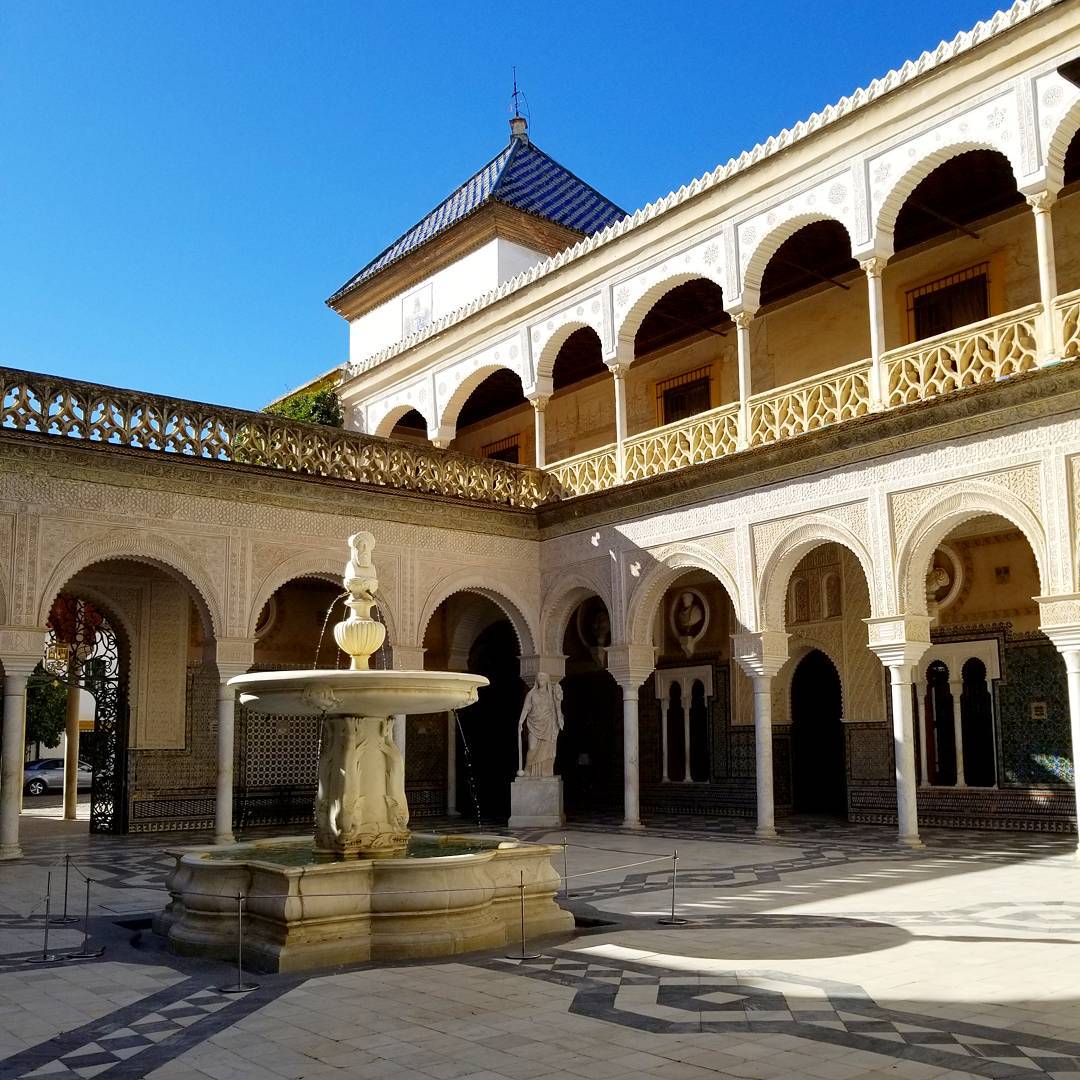
A Travel Blog
Seville is a city with no shortage of luxurious Andalusian palaces to wander through. This week we visited Casa de Pilatos (“Pilate’s House”) and filled our cameras.

We chose our apartment partly based on its proximity to Mercado de la Feria, the oldest market in Seville.
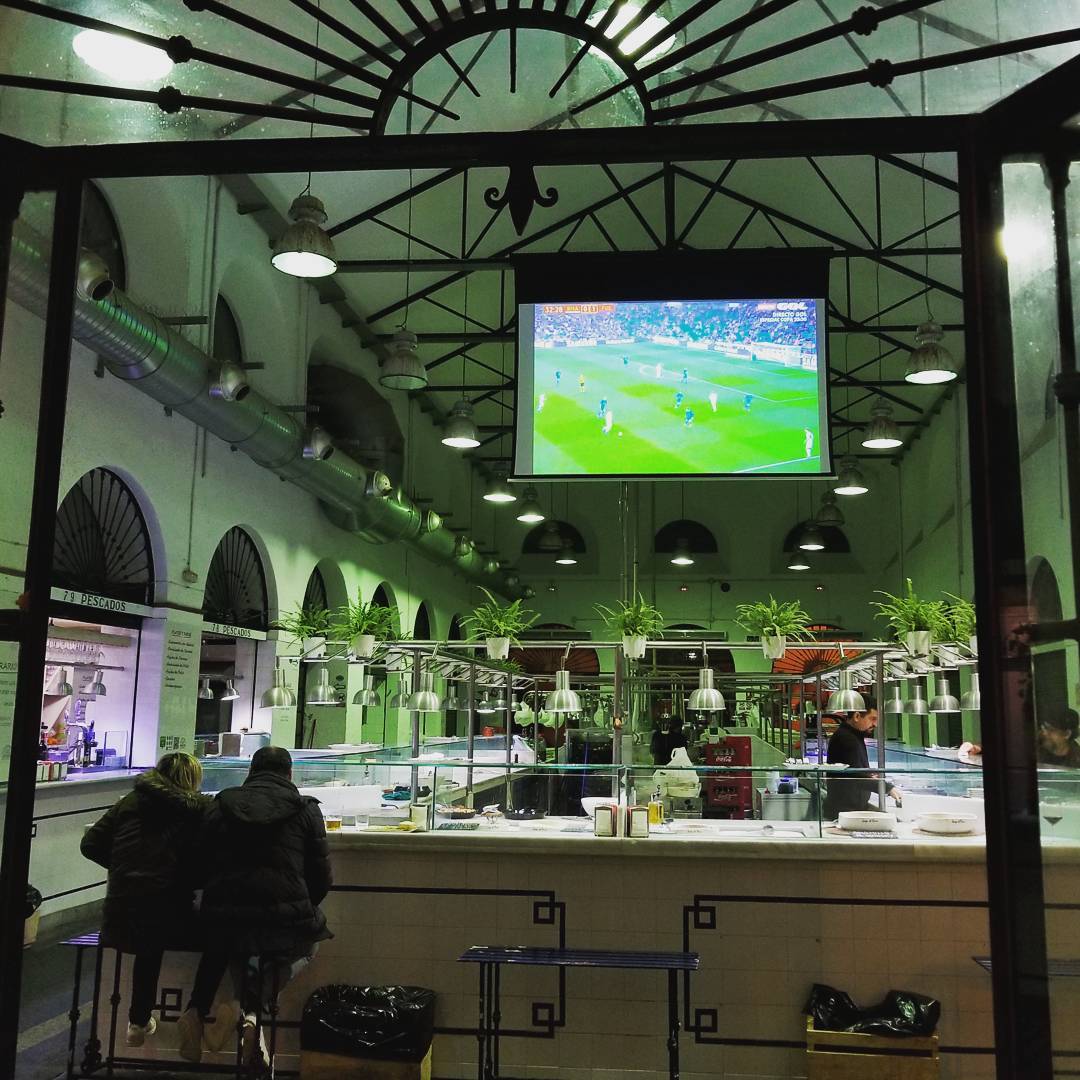
The market is located alongside the oldest church in Seville, the magnificently named Omnium Sanctorum, which dates to the 13th Century.
Very close to our apartment in La Macarena is the Alameda de Hércules or just La Alameda. It was built in 1574 and named after the eight rows of white poplar trees (álamos) in the centre.
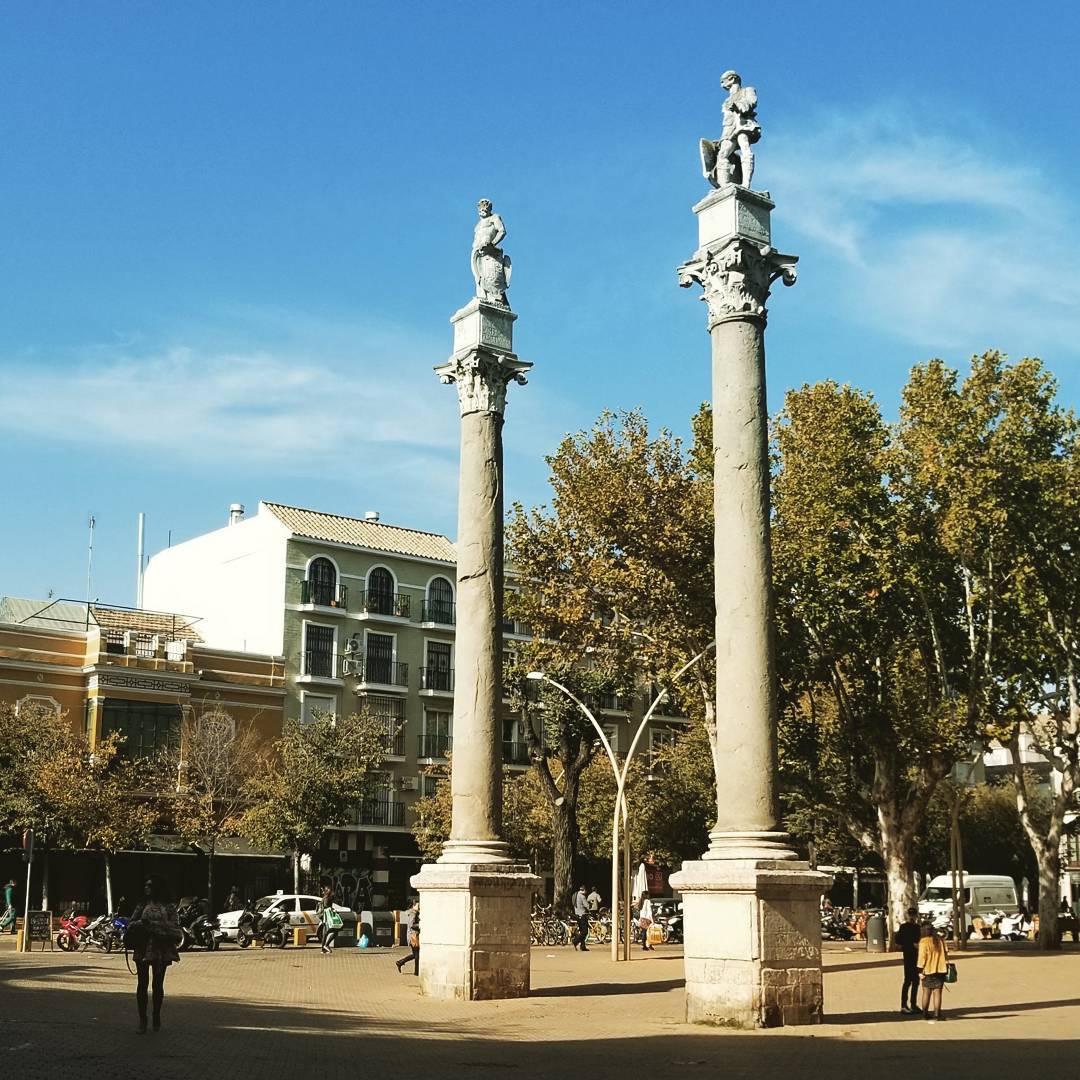
There are two giant Roman pillars at each end of the Alameda. One pair is topped with statues of Julius Caesar and Hércules, who according to the legends, were the two founding fathers of Seville.
If you research tapas bars in Seville, it won’t be long before El Rinconcillo is mentioned. It’s hard to skip a place that has been open since 1670 and is as old as the tradition of tapas itself.
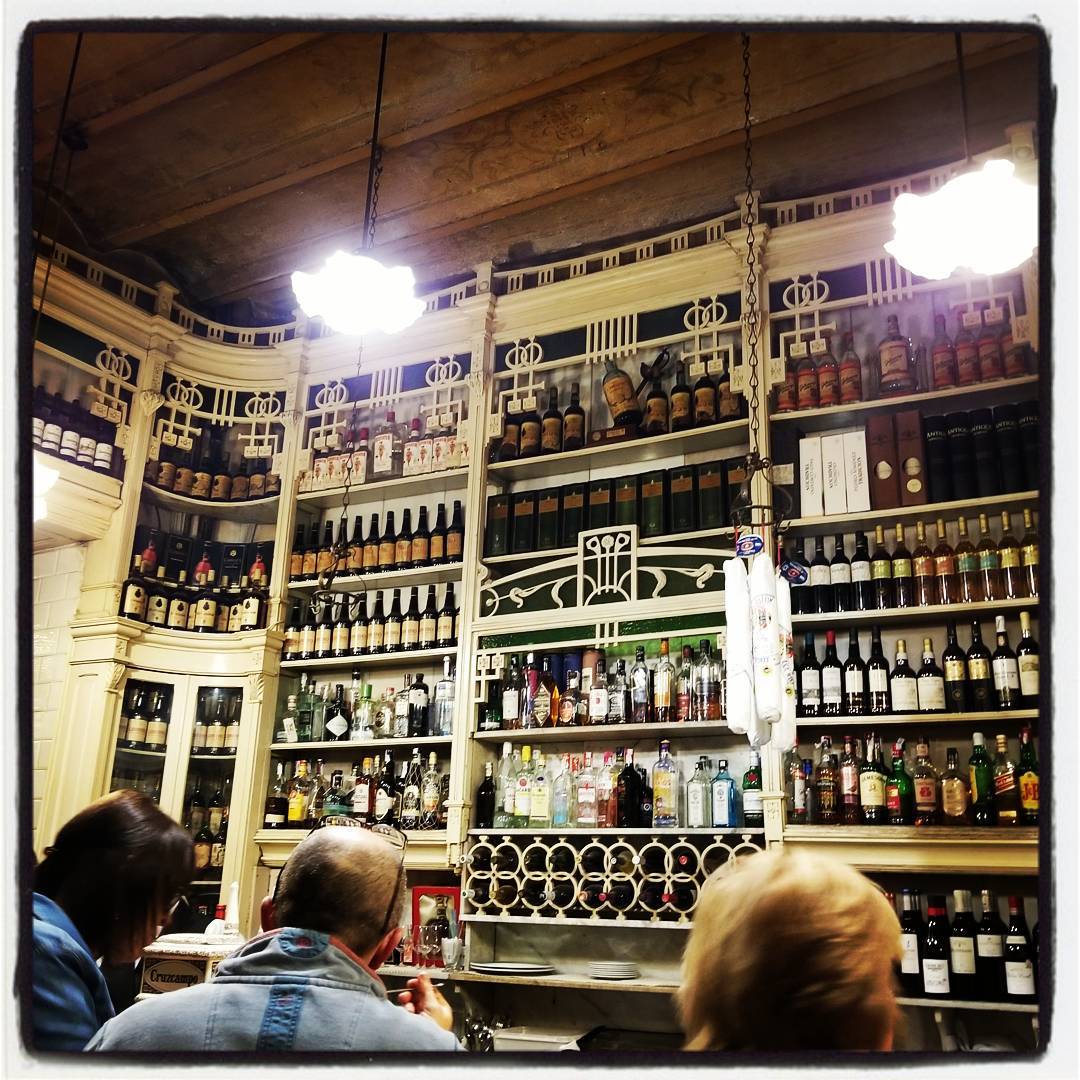
The current owners — the De Rueda family — have operated the business from this same location since the 1850’s, with each new generation taking over from the previous.
Though the main purpose of our day trip to Córdoba was to visit the Mezquita, the city itself is also very scenic and we enjoyed wandering and seeing how it differs from Seville.
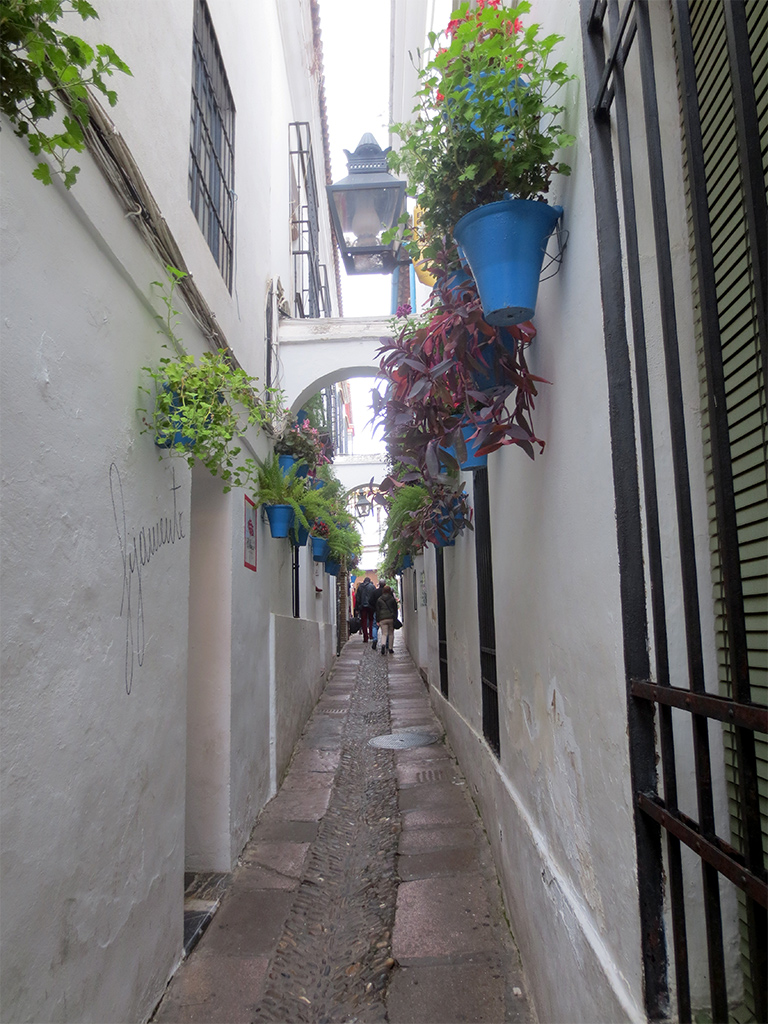
Córdoba has more hills than Seville, and more narrow winding streets, particularly in the Juderia, or old Jewish quarter. It reminded us a bit of the Alfama neighbourhood in Lisbon.
On Saturday — the first cloudy day since we’ve been in Spain — we took a high-speed train from Seville to the city of Córdoba to visit the Mosque–Cathedral of Córdoba, more commonly known as the Mezquita.
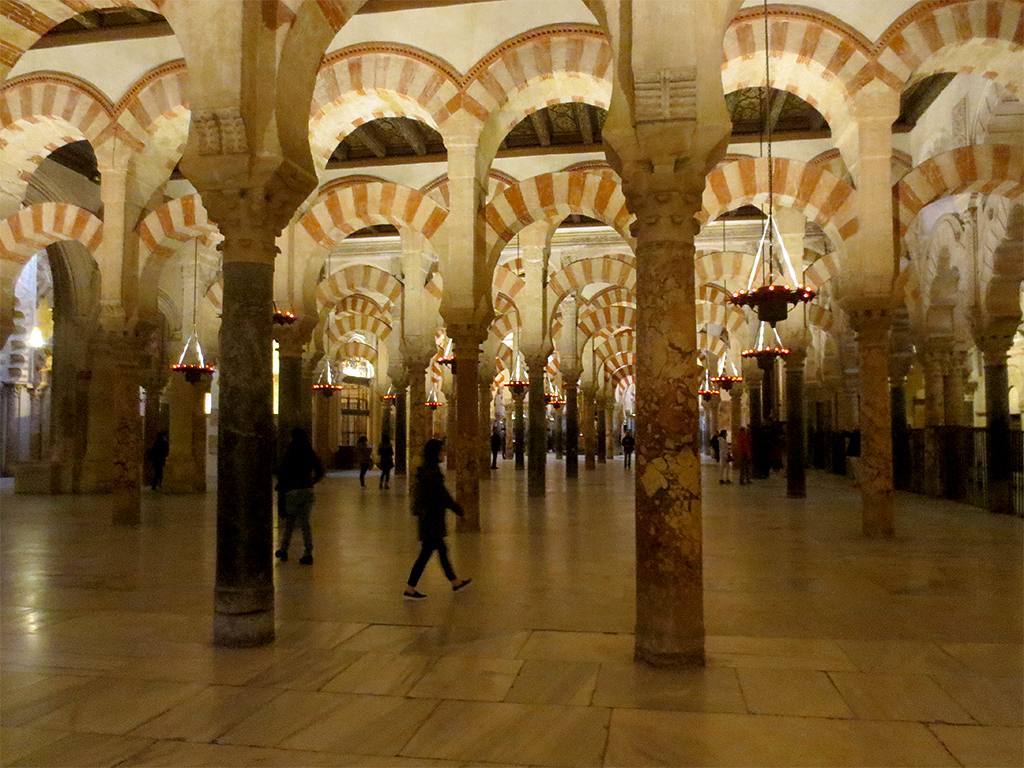
The train took 40 minutes each way, which was the perfect length for a convenient day trip. We headed to the Mezquita as soon as we arrived around 10 am.
At the southern end of Seville, just inside the vast Maria Luisa Park, is the imposing Plaza de España.
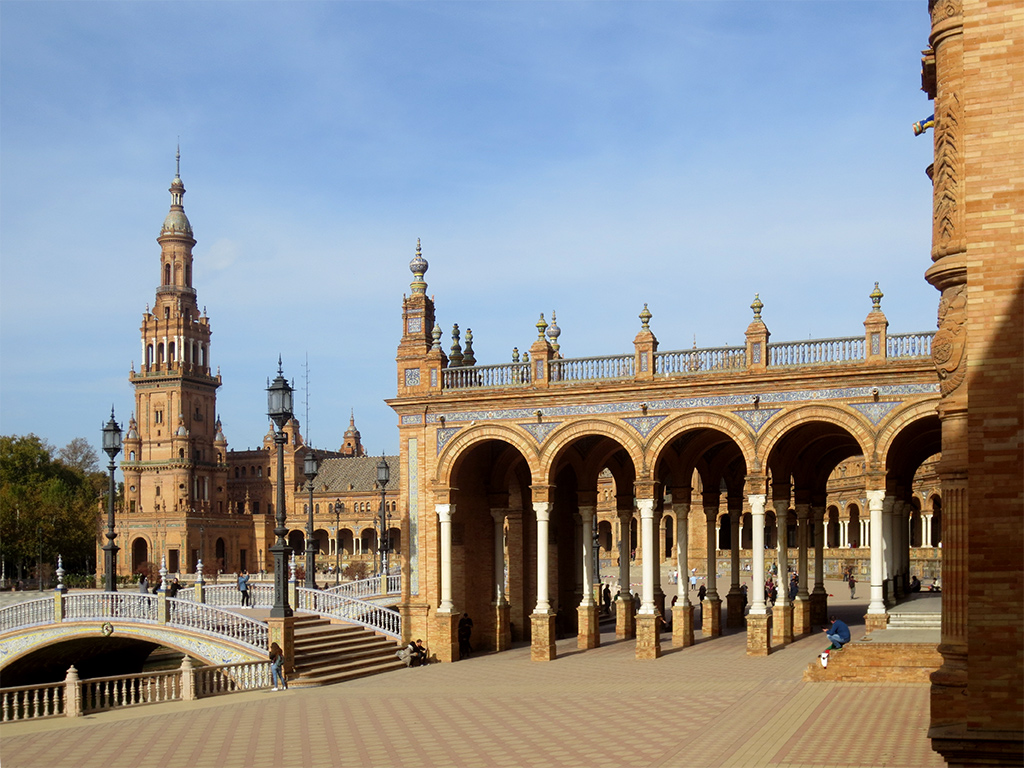
This collection of architecture was constructed for the 1929 Ibero-American Exposition World’s Fair and was designed to showcase various types of regional and historic Spanish architecture.
Our Airbnb apartment is in an area of Seville known as La Macarena.
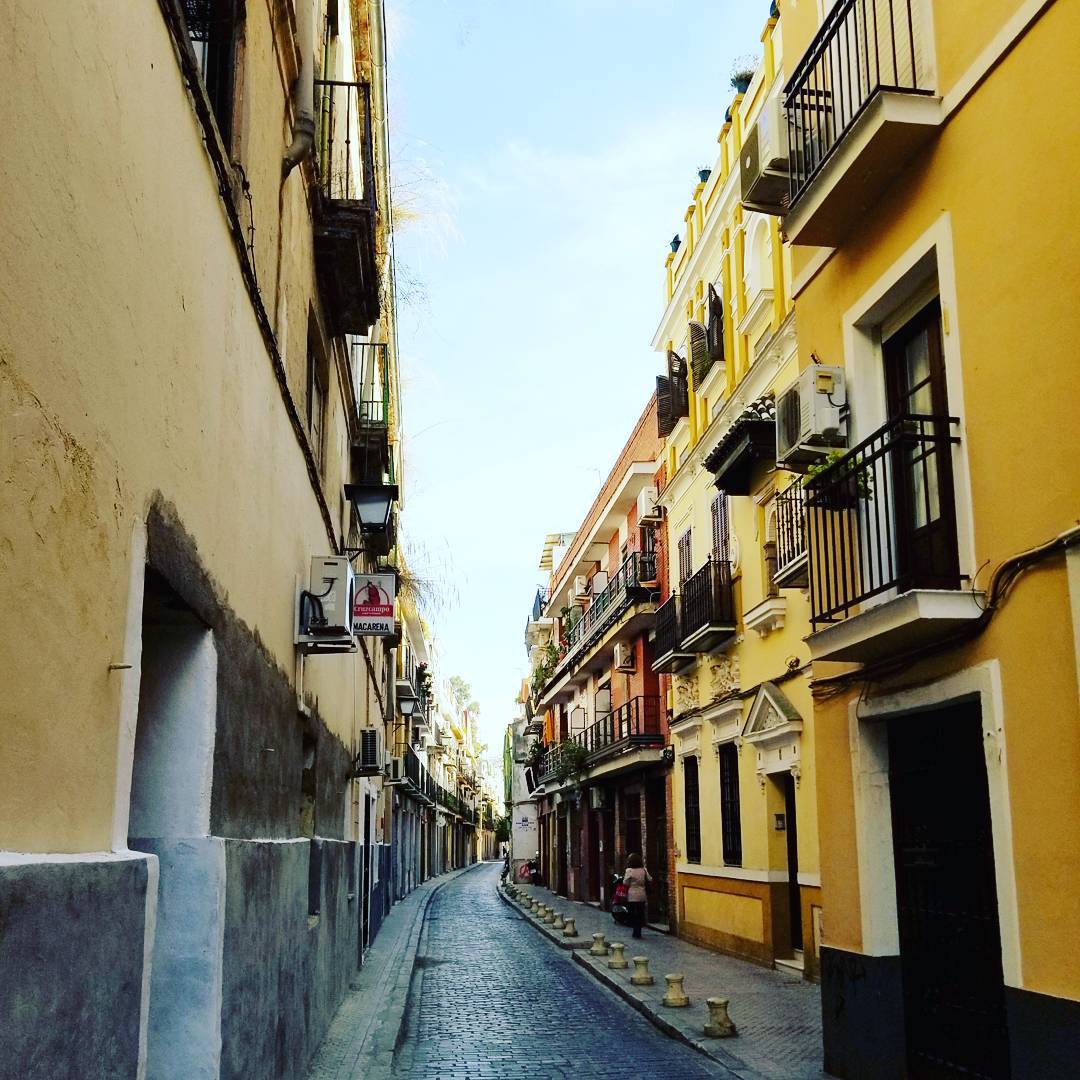
The neighbourhood is most famed for its Basílica de la Macarena and a long stretch of the original murallas, or protective city walls that date to Roman times.
Seville has no shortage of beautiful and photogenic sites. The Palacio de las Dueñas, tucked away in a residential neighbourhood not far from our apartment, is one of those.
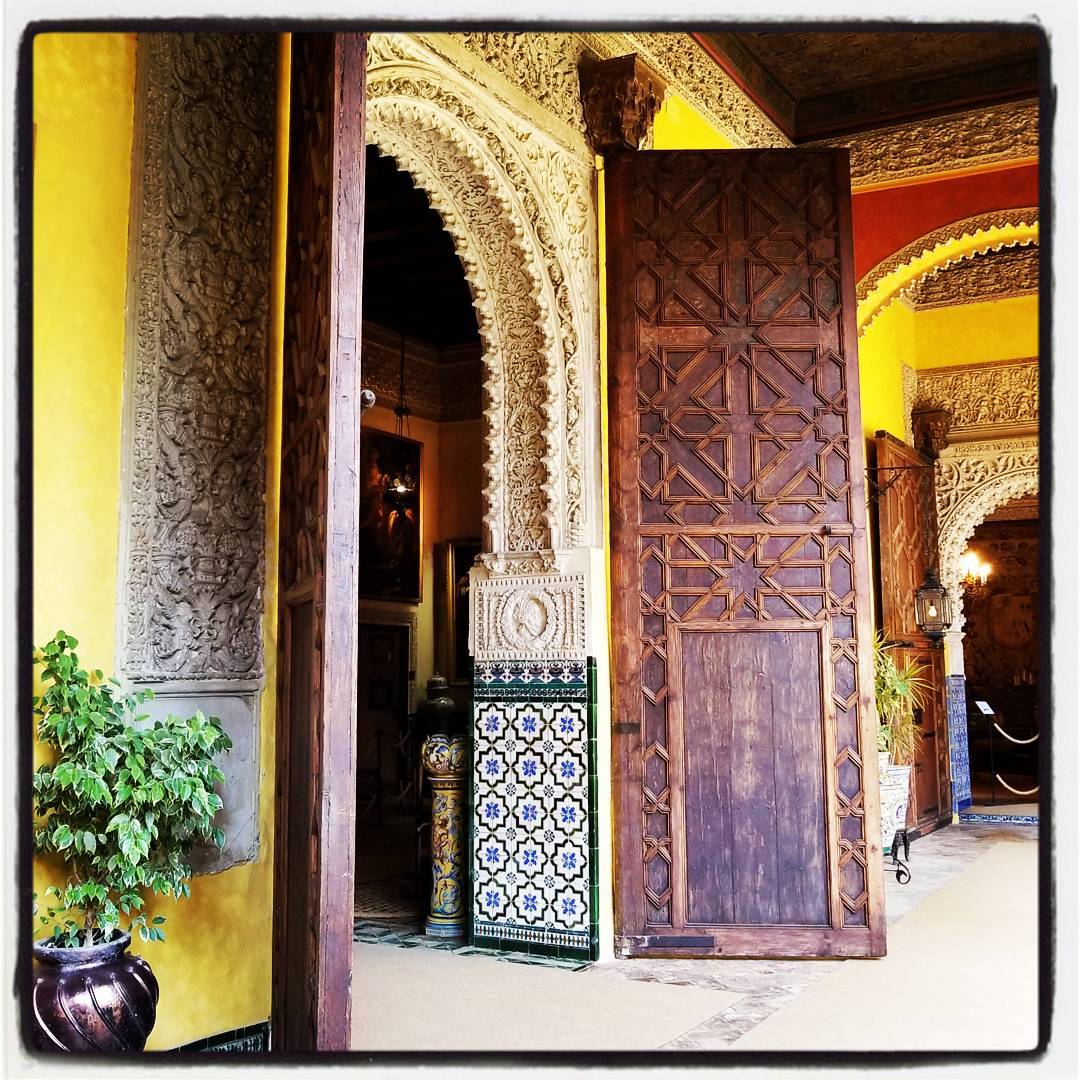
This complex is much smaller in scale than the vast Alcázar we explored on the weekend, but it shares a similar aesthetic with intricate Mudéjar architecture, arched patios, and lush gardens of fountains and citrus trees.
The Real Alcázar (Royal Alcazar) in Seville is a Royal Palace constructed by a succession of Moorish Kings beginning around the year 913.
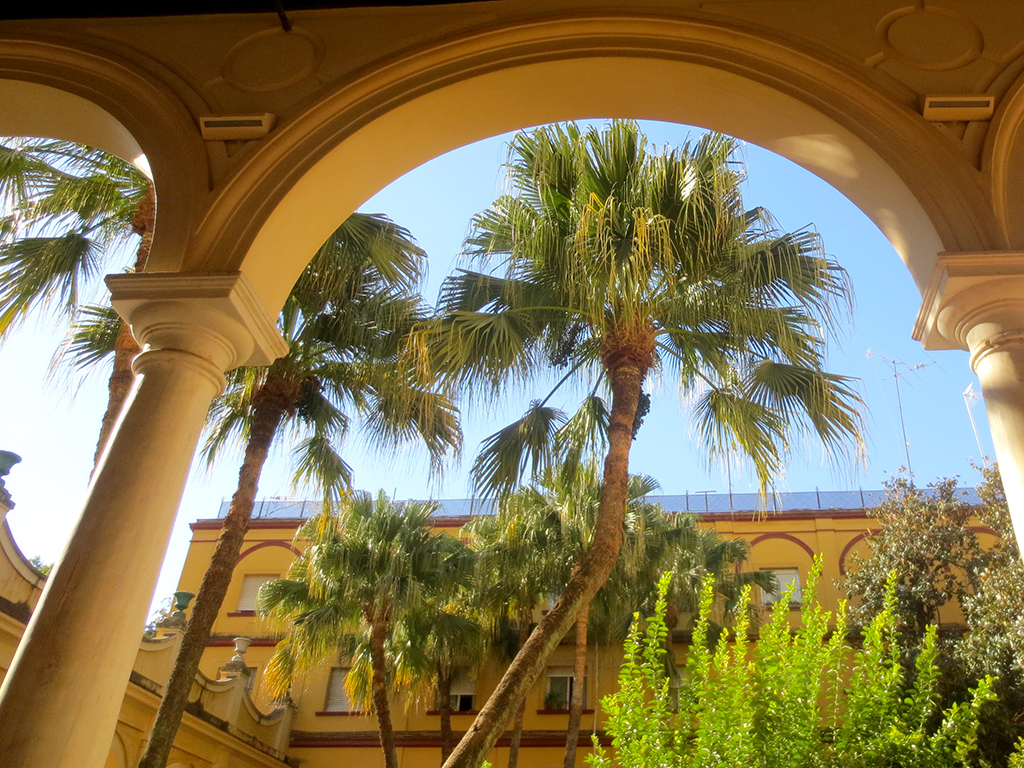
It is now a sprawling complex of beautiful buildings, gardens, fountains, and baths, and is one of the most visited sites in Seville. The royal family still uses some of the upper levels as an official residence.
The Seville Cathedral (formally the Catedral de Santa María de la Sede) was constructed on the site of a former mosque beginning in 1401. It took roughly 100 years to build and is considered the largest Cathedral in the world (but not the largest church — it’s complicated).
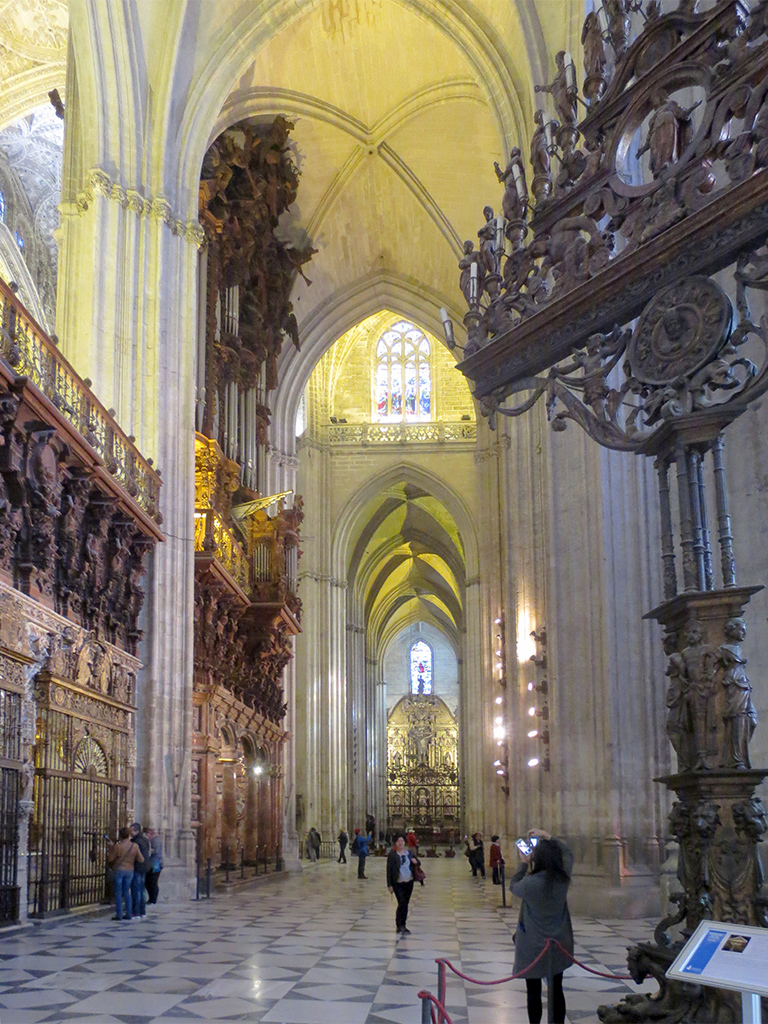
From the outside, the Cathedral has the feeling of a fortress, with solid stone walls rising on all sides. It is intimidating rather than welcoming despite the ornamentation that hints at what is inside.
On the other side of the Guadalquivir river from our La Macarena neighbourhood in Seville is the historic Triana neighbourhood. One of the main attractions there is the Mercado de Triana (Triana Market).
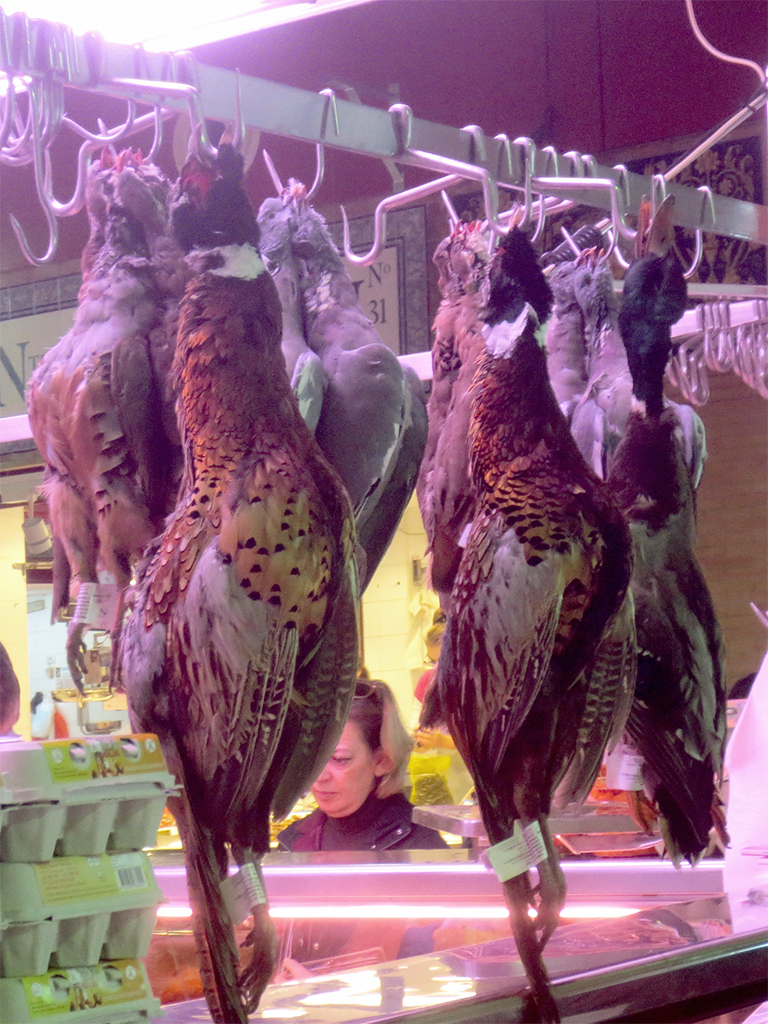
The market is adjacent to the Triana Bridge and was built in the 1800’s atop the ruins of Castillo De San Jorge, the grisly headquarters of the Spanish Inquisition.